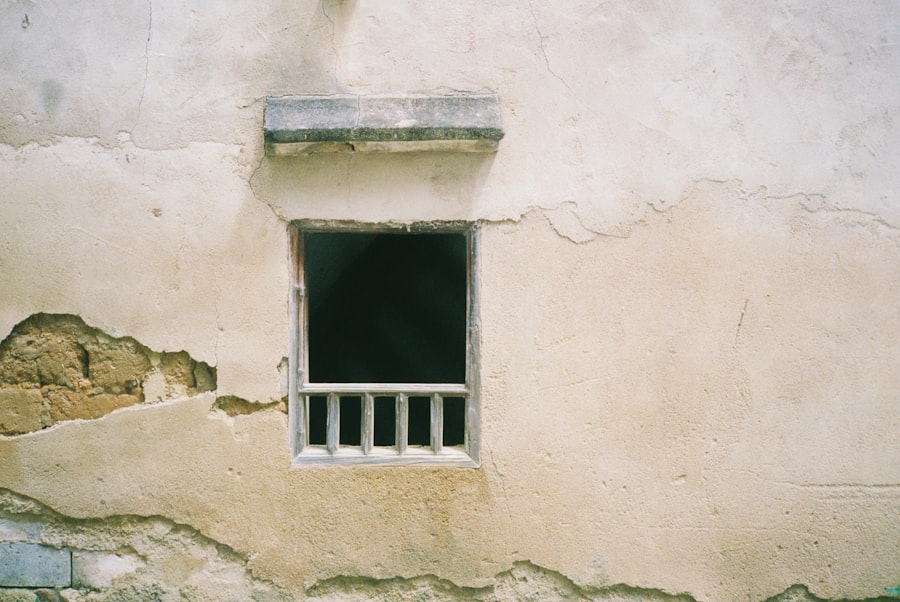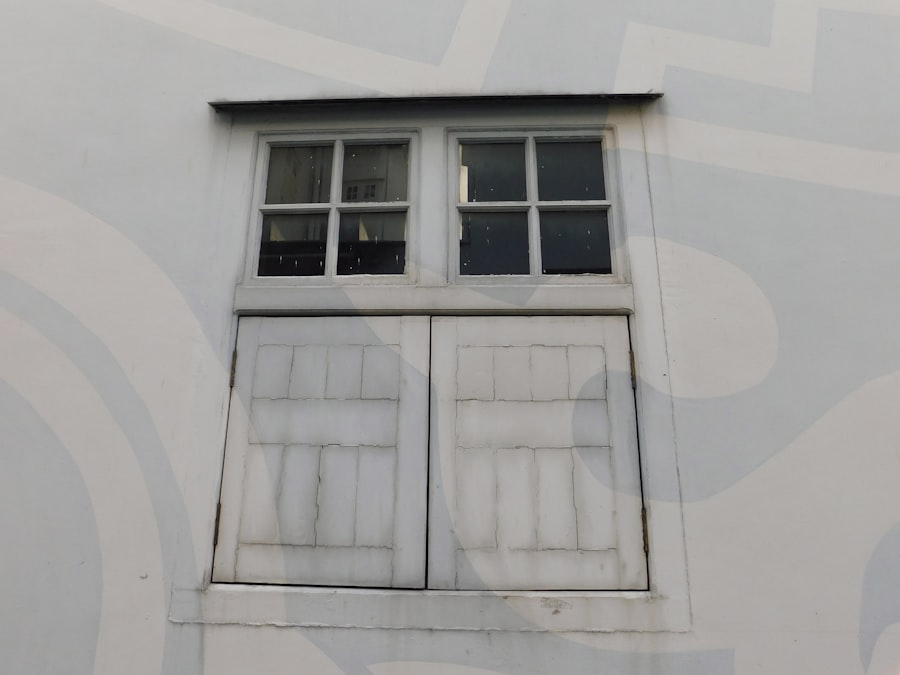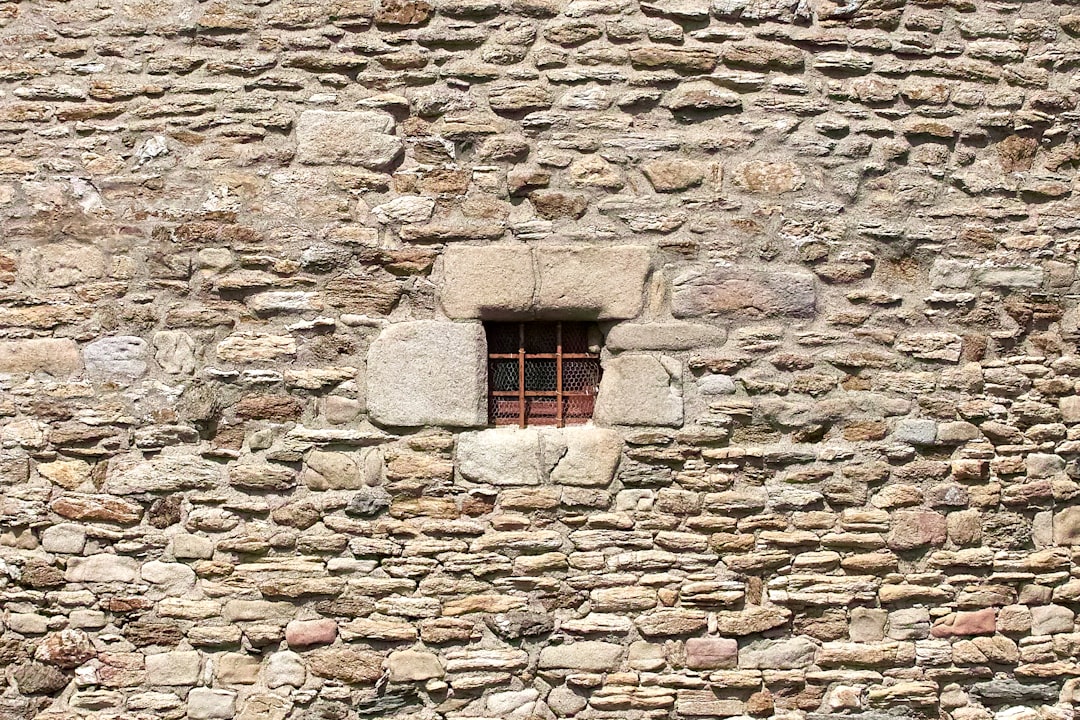Slab windows represent a fascinating geological phenomenon that occurs within the Earth’s lithosphere. These unique structures arise when a tectonic plate subducts beneath another, creating a gap or “window” in the descending slab. This process allows for the upwelling of mantle material, which can lead to significant geological and ecological changes in the surrounding area.
The study of slab windows is crucial for understanding the dynamics of plate tectonics and the complex interactions between the Earth’s crust and mantle. As researchers delve deeper into this subject, they uncover insights that not only enhance geological knowledge but also have implications for natural resource management and environmental conservation. The concept of slab windows challenges traditional views of subduction zones, where one tectonic plate is expected to continuously descend into the mantle.
Instead, slab windows highlight the dynamic nature of these regions, where geological processes can lead to the formation of new features and the alteration of existing ones. By examining slab windows, scientists can gain a better understanding of the forces at play within the Earth, including the movement of tectonic plates, volcanic activity, and the formation of mountain ranges. This exploration opens up new avenues for research and provides a clearer picture of the Earth’s geological history.
Key Takeaways
- Slab windows are geological features formed by the subduction of tectonic plates.
- They are characterized by the absence of a subducted plate beneath a portion of the overriding plate.
- Studying slab windows is important for understanding tectonic processes and seismic hazards.
- Geological processes associated with slab windows include mantle upwelling and volcanic activity.
- Slab windows occur in tectonic settings such as continental collision zones and intra-oceanic subduction zones.
Formation of Slab Windows
The formation of slab windows is a complex process that involves several geological mechanisms. Typically, these windows occur when a subducting plate encounters a region of weakness or a change in the physical properties of the mantle beneath it. As the plate descends, it may become detached from the underlying mantle, creating a space that allows for the upward movement of mantle material.
This detachment can be influenced by various factors, including temperature, pressure, and the composition of the subducting slab. In some cases, slab windows can form as a result of changes in tectonic forces or shifts in plate boundaries. For instance, when two tectonic plates collide, they can create compressional forces that lead to the bending or breaking of the subducting slab.
This bending can create a gap through which mantle material can rise, resulting in the formation of a slab window. Additionally, volcanic activity associated with these regions can further contribute to the development of slab windows by altering the thermal and chemical properties of the surrounding rocks.
Characteristics of Slab Windows

Slab windows exhibit several distinctive characteristics that set them apart from other geological formations. One notable feature is their association with volcanic activity. As mantle material rises through the window, it can lead to the formation of volcanic arcs or isolated volcanoes in the vicinity.
These volcanic features are often characterized by their unique mineral compositions and eruptive styles, which can provide valuable information about the underlying geological processes. Another important characteristic of slab windows is their impact on regional geology. The upwelling of mantle material can lead to changes in rock composition and structure, resulting in the formation of new geological features such as mountain ranges or altered sedimentary basins.
Furthermore, slab windows can influence local seismic activity, as the movement of tectonic plates and the associated volcanic processes can generate earthquakes. Understanding these characteristics is essential for geologists seeking to unravel the complexities of Earth’s tectonic processes.
Importance of Studying Slab Windows
| Aspect | Importance |
|---|---|
| Geological Research | Understanding Earth’s structure |
| Seismic Activity | Monitoring earthquake patterns |
| Volcanic Studies | Predicting volcanic eruptions |
| Plate Tectonics | Exploring movement of tectonic plates |
Studying slab windows is vital for several reasons, particularly in advancing scientific knowledge about plate tectonics and Earth’s geological history. By examining these structures, researchers can gain insights into the processes that govern tectonic plate interactions and their consequences on a global scale. This understanding is crucial for predicting geological events such as earthquakes and volcanic eruptions, which can have significant impacts on human populations and ecosystems.
Moreover, slab windows play a critical role in shaping regional geology and influencing natural resource distribution. The upwelling of mantle material associated with slab windows can lead to the formation of mineral deposits and hydrocarbon reservoirs, making them important areas for exploration and resource management. By studying these regions, scientists can identify potential resources while also assessing the environmental implications of their extraction.
Geological Processes Associated with Slab Windows
The geological processes associated with slab windows are diverse and multifaceted. One key process is mantle upwelling, which occurs when hot mantle material rises through the gap created by a subducting plate. This upwelling can lead to significant changes in temperature and pressure conditions in the surrounding rocks, resulting in metamorphism and the formation of new minerals.
The interaction between ascending mantle material and overlying crust can also trigger volcanic activity, contributing to the development of new landforms. Additionally, slab windows are often linked to tectonic processes such as rifting and extension. As a subducting plate creates a gap in the lithosphere, it can lead to localized stretching and thinning of the crust above it.
This extension can result in the formation of basins or fault systems that further influence regional geology. Understanding these processes is essential for geologists seeking to unravel the intricate relationships between tectonics, volcanism, and landscape evolution.
Tectonic Settings Where Slab Windows Occur

Slab windows are typically found in specific tectonic settings where subduction zones are active. These settings often include convergent plate boundaries where one tectonic plate is forced beneath another. However, not all subduction zones give rise to slab windows; certain conditions must be met for their formation.
For instance, regions where there is a significant difference in density between the subducting plate and the overlying mantle are more likely to produce slab windows. One prominent example of a tectonic setting conducive to slab window formation is found along the Pacific Ring of Fire. This region is characterized by numerous subduction zones and associated volcanic arcs, making it an ideal location for studying slab windows.
Other notable examples include areas where continental plates collide with oceanic plates, leading to complex interactions that can result in slab window development.
Impact of Slab Windows on Earth’s Surface
The impact of slab windows on Earth’s surface is profound and multifaceted. The upwelling of mantle material through these windows can lead to significant geological changes, including volcanic eruptions and the formation of new landforms. As magma rises to the surface, it can create volcanic islands or mountain ranges that alter local topography and ecosystems.
Furthermore, slab windows can influence hydrology and sedimentation patterns in surrounding areas. The geological changes associated with these structures can affect river systems and sediment transport, leading to shifts in landscape evolution over time. Understanding these impacts is crucial for assessing how slab windows contribute to broader geological processes and their implications for human activities.
Exploration and Research Methods for Studying Slab Windows
Exploring and researching slab windows requires a combination of field studies, remote sensing techniques, and laboratory analyses. Geologists often conduct fieldwork in regions known for their slab windows to collect rock samples and observe geological features firsthand. This hands-on approach allows researchers to gather valuable data on rock composition, structure, and volcanic activity associated with these formations.
In addition to field studies, remote sensing technologies such as satellite imagery and geophysical surveys play a crucial role in studying slab windows. These methods enable scientists to analyze large-scale geological features and monitor changes over time without extensive ground-based investigations. Laboratory analyses further complement these efforts by providing insights into mineral compositions and physical properties that help elucidate the processes occurring within slab windows.
Case Studies of Well-Known Slab Windows
Several well-known case studies illustrate the significance of slab windows in understanding geological processes. One prominent example is the Japan Trench region, where the Pacific Plate subducts beneath the North American Plate.
Another notable case study is found in the Aleutian Islands, where a series of volcanic arcs are linked to slab window formation along the subduction zone between the Pacific Plate and North American Plate. Researchers have documented how these volcanic features have evolved over time due to ongoing tectonic processes associated with slab windows, shedding light on their role in shaping regional geology.
Environmental and Ecological Implications of Slab Windows
The environmental and ecological implications of slab windows are significant and warrant careful consideration. The volcanic activity associated with these structures can lead to changes in local ecosystems, including alterations in vegetation patterns and wildlife habitats. Eruptions may release ash and gases into the atmosphere, impacting air quality and climate conditions in surrounding areas.
Moreover, slab windows can influence water resources by affecting hydrological cycles and sediment transport patterns. The geological changes resulting from mantle upwelling may alter river systems or create new water bodies, impacting both aquatic ecosystems and human communities reliant on these resources. Understanding these implications is essential for developing effective conservation strategies and managing natural resources sustainably.
Future Research and Implications for Understanding Earth’s Geology
Future research on slab windows holds great promise for advancing scientific understanding of Earth’s geology. As technology continues to evolve, researchers will have access to more sophisticated tools for studying these complex structures. Enhanced imaging techniques and computational modeling will allow scientists to simulate geological processes associated with slab windows more accurately.
Furthermore, interdisciplinary collaboration among geologists, ecologists, and environmental scientists will be crucial for addressing the multifaceted challenges posed by slab windows. By integrating knowledge from various fields, researchers can develop comprehensive models that account for both geological processes and their ecological implications. This holistic approach will ultimately contribute to a deeper understanding of Earth’s dynamic systems and inform strategies for managing natural resources responsibly while mitigating environmental impacts.
In conclusion, slab windows represent a captivating aspect of Earth’s geology that warrants further exploration and study. Their formation processes, characteristics, and impacts on regional geology provide valuable insights into tectonic dynamics and landscape evolution. As researchers continue to investigate these structures, they will undoubtedly uncover new knowledge that enhances our understanding of Earth’s complex systems while addressing pressing environmental challenges.
In geology, a slab window is a fascinating phenomenon that occurs when a subducting tectonic plate tears or breaks apart, creating an opening or “window” in the descending slab. This can lead to significant geological and volcanic activity as the mantle material rises through the gap. For those interested in exploring more about geological phenomena and their implications, you might find the article on Freaky Science intriguing. It delves into various scientific curiosities and can be accessed through this link.
WATCH THIS! The Earth is Trying to Swallow North America: The Unstoppable Geological Disaster
FAQs
What is a slab window in geology?
A slab window is a geological feature that forms when a portion of a subducted tectonic plate breaks off and sinks into the mantle, leaving a gap or “window” in the subduction zone.
How does a slab window form?
A slab window forms when the subducted oceanic plate undergoes partial detachment from the overriding plate, creating a gap through which hot mantle material can rise to the surface.
What are the characteristics of a slab window?
A slab window is typically characterized by a region of reduced seismic activity, uplifted topography, and the presence of volcanic activity due to the upwelling of hot mantle material.
What is the significance of a slab window in geology?
Slab windows play a crucial role in the tectonic and volcanic processes of a region, influencing the formation of mountain ranges, volcanic arcs, and the distribution of seismic activity. They also provide valuable insights into the dynamics of plate tectonics and mantle convection.
